American elections are notable for having a small group of wealthy individuals supply significant amounts of campaign money. Most prominently, Elon Musk recently spent $288 million, making him the largest contributor in the 2024 elections. Polls show Americans believe donors control politics, and they admire candidates like Bernie Sanders and Donald Trump, who rely heavily on small donations. Progressive reformers have prioritized increasing the number of small donors to counter big donors through legislation like the For the People Act, which provides generous matching subsidies for amounts up to $200. The Brennan Center for Justice argues it will bring “transformative” changes, including “curbing corruption and bolstering flagging confidence in our democracy.”
We are highly skeptical of across-the-board claims about the salutary benefits of small donors. It is not that we lack concern about the disproportionate influence of the wealthy. Disparities in wealth introduce core problems in the American political system. But we suspect that placing hopes in small donations as an essential remedy for what ails American democracy will disappoint advocates and perhaps even add to public cynicism about political reform. In fact, prevailing ideas to increase small donors may worsen polarizing dynamics in U.S. politics.
We should point out that small donors are already a big piece of the financing pie. We estimate that small donors have contributed between $800 million and $1.5 billion to congressional candidates in each election cycle since 2018, on par or greater than the amounts given by donors contributing more than $200. In presidential races, small donations have exceeded large ones in the two most recent cycles. This may come as a pleasant surprise, suggesting that democracy is funded by ordinary Americans. But are these donors typical of other voters? And what kind of candidates attract these small contributions?
Who are small donors?
Our research indicates that small donors are not like other Americans. As Figure 1 shows, small donors in both parties occupy a middle ground between large donors and ordinary citizens—they are generally wealthier, more educated, older, and whiter than the average American, but less so than large donors. Importantly, women now make up a significant share of small donors, particularly in the Democratic Party, where they are almost equal in number.
The political profile of small donors is even more skewed. As Figure 2 shows, small donors strongly resemble large donors in their intense partisanship and ideological commitments. On specific issues (not shown here) like abortion, immigration, minimum wage, and guns, small donors are as extreme in their views as large donors. We also found that small donors exhibit even stronger animosity than large donors toward the opposing party. Figure 2 also illustrates that small donors follow the news closely and are highly engaged politically, participating in at least one act beyond voting and donating. This means that small donors influence politics beyond their financial contributions.
Politicians respond accordingly. Ideologically extreme and media-savvy candidates are more successful in attracting small donations, reinforcing a feedback loop where donors and candidates amplify each other’s extremism. Small donors tend to reward nationally high-profile and ideologically strident candidates. On the positive side, women and political outsiders tend to benefit since small donors are more inclined to support underdogs and challengers, while incumbents rely more on traditional funding.
We also found that members of Congress who rely on small donations perform no better than those who rely heavily on large donors in passing laws or other forms of legislative activity. If anything, Republican small-donor favorites tend to be more institutionally disruptive and aligned with populist, anti-establishment rhetoric—some taking the lead in pushing Trump’s election fraud claims.
Many of these results should serve as a warning sign for reformers trying to improve American democracy. Any participatory reform must fully grasp the challenges of mobilizing broad constituencies. Failure to do so means that the people already participating will be able to exploit new opportunities to engage in politics in ways that increase the participation gap.
We expect the reforms in vogue—matching subsidies and vouchers—will draw out more of the same kind of polarized citizens, thereby reinforcing the partisan divide. Such reforms are unlikely to attenuate the bias in representation because small donors share so many of the preferences of large donors, especially on social issues that fuel the culture wars. Even taking into account positive features of small donors (more women, more financing for outsiders), we believe they contribute to partisan polarization and representational distortions in the party system.
Small donors are also part of the activist ecosystem that lends rigidity to the party system, making it harder for the Democratic or Republican parties to expand their coalitions. One prominent analyst believes small donors disconnect the Democratic Party from non-white and working-class voters, pointing to a study by Chenoa Yorgason showing that small donors appear to have pushed Democratic legislatures further to the left.
There are other unintended consequences. Platforms like ActBlue and WinRed significantly reduce transaction costs, which fuels the nationalization of political contributions, giving these contributors surrogate representation at the expense of local district or state constituents.
Finally, and this is perhaps our biggest concern, small donor reforms tend to be anti-institutional. As noted, a lot of small donations flow to disruptive extremists in Congress, particularly to members of the Freedom Caucus in the Republican Party. We also observe that small donations tend to arrive late in election seasons, which means they cannot be used to support organization-building for political parties and other groups. These donations, therefore, reinforce a campaign finance system that is candidate-centered, while advantaging Super PACs funded by wealthy individuals and narrow issue groups that can mobilize their members to give small donations based on culture war issues.
A more realistic approach to reform
Is there a better way to capture some of the best elements of small donors without reinforcing polarizing dynamics? We believe two principles should guide reform: localism and pluralism. Reforms built on localism would anchor representation in district-level preferences because out-of-district donations fuel ideological alignment with national donors over constituency responsiveness. Reforms designed around pluralism ensure no single funding source dominates campaign war chests and try to encourage a greater diversity of political groups to give money.
In support of localism, we propose targeted public subsidies to boost small donor participation within candidates’ districts or states. That is to say, candidates only get the most generous matching funds from small donors in their districts. Additionally, any subsidies from out-of-district donors should be capped at $25, reflecting our finding that the smallest donors are the most representative of other Americans. We also recommend generous subsidies for local and state parties, through matched small donations or grants, to strengthen their role as inclusive, mediating institutions.
In support of pluralism, we advocate deregulating party finances at every level (see this recent volume for specific recommendations and other kinds of sensible election reforms). The McCain-Feingold reforms in 2002 hamstrung parties in many ways, reducing their leverage relative to independent groups that can now raise and spend without limits. One way to strengthen parties is to allow them to spend without limits on their candidates—the coordinated spending limits are woefully low. There is a lawsuit (National Republican Senatorial Committee v. FEC) winding its way toward the Supreme Court, which would do just that, by removing party limits so they do not have to rely on Super PACs to support their candidates.
Ultimately, we caution against over-reliance on campaign finance regimes that increase small donors. Reforms should focus instead on expanding voter participation via same-day registration, national congressional primary days, or universal voting experiments, and reinvest in civic institutions that sustain engagement and accountability. To strengthen democracy, we must move beyond populist fixes that tend to attract the highly engaged and rebuild the institutional foundations that temper politics and improve representation.
The Brookings Institution is committed to quality, independence, and impact.
We are supported by a diverse array of funders. In line with our values and policies, each Brookings publication represents the sole views of its author(s).
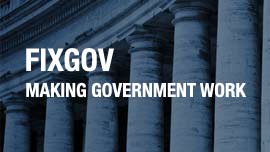
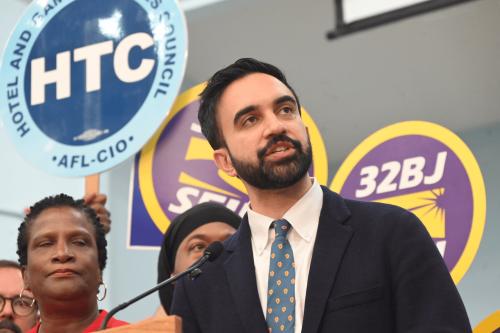




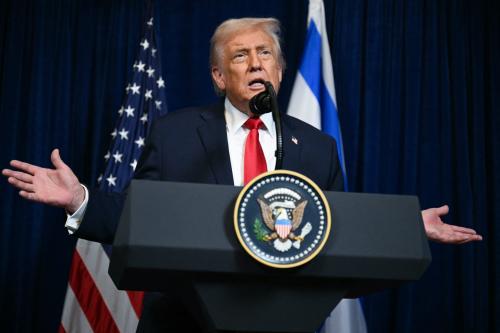
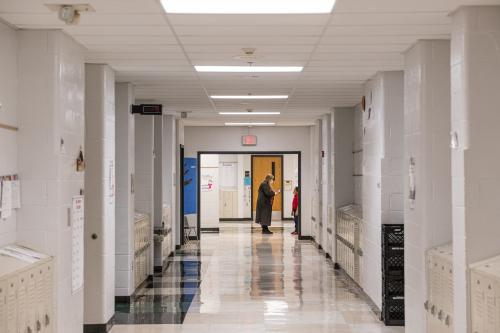
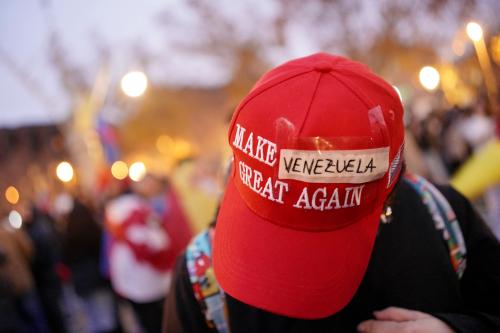
Commentary
Are small donors the solution to democracy’s problems?
July 8, 2025